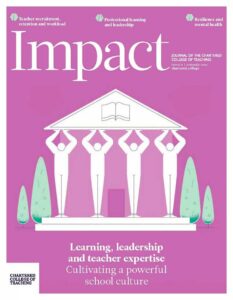Restorative practice in support of child mental health in primary schools
Written by: Huw Humphreys

9 min read
One of the challenges for schools who take seriously the growing crisis in child mental health issues is how to offer both effective support (or intervention) for children and a consistent environment of warmth, safety, acceptance, hospitality and respect, enabling children to flourish. In this short reflective contribution, I describe the theory and practice of a restorative school culture and describe those aspects that contribute to the communal mental and emotional health of both adults and children.
Restorative practice in schools has concentrated principally on fixing relationships when they break down and on ‘improving behaviour’ (Bevington, 2015). It is used in Scottish schools for this purpose (McCluskey et al., 2008; McCluskey, 2018), and the early use of restorative practices in Milton Keynes schools also focused on this aspect (Macready, 2009). When I introduced it in the school where I was leading in 2011, it was as a tool for improving the dialogue that adults used
Join us or sign in now to view the rest of this page
You're viewing this site as a guest, which only allows you to view a limited amount of content.
To view this page and get access to all our resources, join the Chartered College of Teaching (it's free for trainee teachers and half price for NQTs) or log in if you're already a member.
1
2
votes
Please Rate this content
Subscribe
Please login to comment
0 Comments
Inline Feedbacks
View all comments










